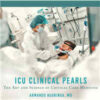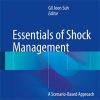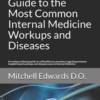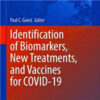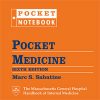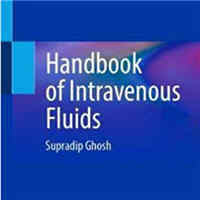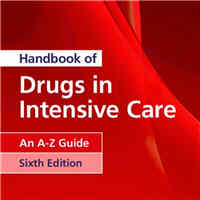Difficult-to-Treat Resistance in Gram-negative Bacteremia at 173 US Hospitals: Retrospective Cohort Analysis of Prevalence, Predictors, and Outcome of Resistance to All First-line Agents
academic.oup.comNonsusceptibility to first-line antibiotics is associated with decreased survival in GNBSIs. DTR is a simple bedside prognostic measure of treatment-limiting coresistance. The Premier Database was analyzed for inpatients with select GNBSIs. DTR was defined as intermediate/resistant in vitro to all ß-lactam categories, including carbapenems and fluoroquinolones. Between 2009–2013, 471 (1%) of 45011 GNBSI episodes at 92 (53.2%) of 173 hospitals exhibited DTR, ranging from 0.04% for Escherichia coli to 18.4% for Acinetobacter baumannii.


